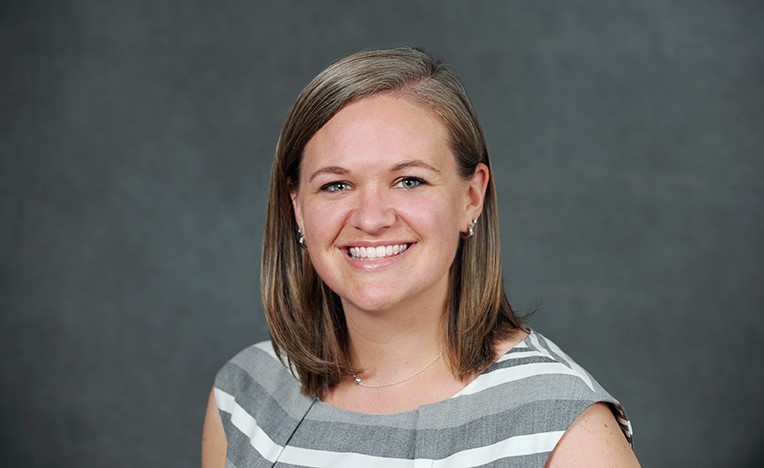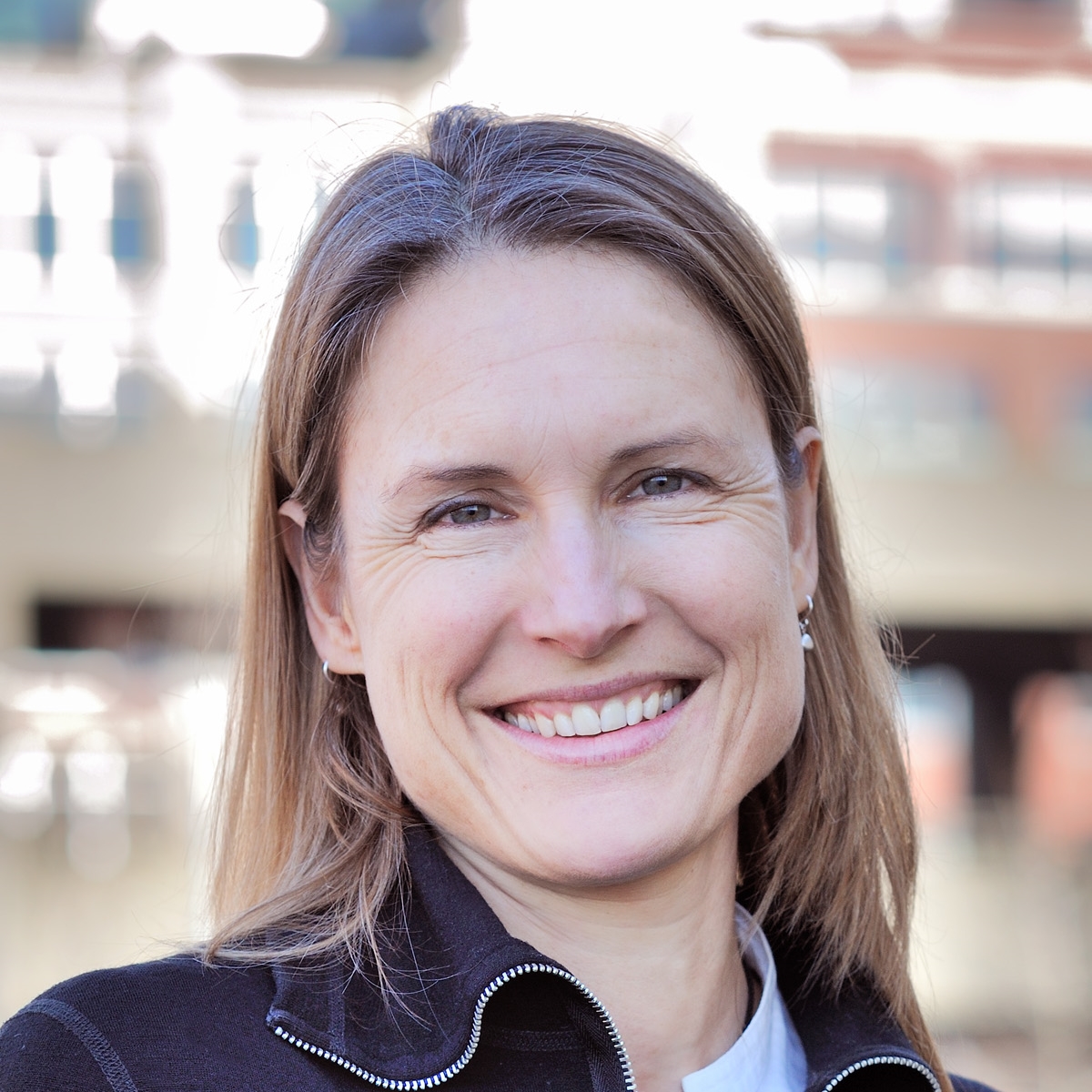By Renée Cheng, FAIA, Professor and Director of the MS in Research Practices, University of Minnesota
Imagine a building industry that is lean, efficient and widely recognized for its valuable contributions to society. This industry would use research to identify and build upon best practices to create a more effective built environment. In this ideal future, leaders are diverse, so the industry reaps the benefit of creativity and innovation that comes from diversity while also reflecting the demographics of the communities it serves. This future will only be possible if we establish a vibrant culture of research and increase the number of women and people of color leading the industry. Over time, a long time, global population change may address the demographic issue, but we prefer not to wait.
At the University of Minnesota, we have developed the only program in the country that combines research, leadership and professional licensure. Students conduct research projects that connect faculty and firm leaders, and along the way architecture students earn their license before graduating,shortening the time to license after graduation with a professional degree from an average of 7.6 years to 1 year. The Masters of Science in Architecture with a concentration in Research Practices (MSRP) is a three semester program that provides graduates of B. Arch and M. Arch programs with a structured path to licensure. The MSRP program has created the Consortium for Research practices, a group of AEC firms dedicated to pursuing new research and ideas. In addition to coursework on research methods and analysis, students within the program spend 25 hours a week working with a host firm from within the consortium and a faculty mentor to tackle a research topic, and the research is then shared with the entire consortium. Since the research is practice-based, the hours meet AXP requirements. Students’ AXP progress is complemented with coursework covering topics related to the ARE exams and students complete all exams during the academic program.
After four years of running the MSRP, we realised its greatest value to the profession is not licensure. The program’s largest impact is how it identifies future leaders and gives them opportunities to succeed. Students contribute to their firms by addressing emerging areas that are typically unexplored in traditional practice. Anecdotally, we have heard that our graduates receive responsibilities typically given to those who graduated five years before them. This suggests that, if a typical trajectory brings a graduate to partnership in 10-15 years, MSRP graduates could reach partnership in 5-10 years. We understand that if our graduates are predominantly women and people currently underrepresented in our industry, our program’s accelerated path to firm leadership could help change the face of the architectural profession, pushing it to look significantly more like the diversity of the communities we serve. For this reason, we have prioritized recruiting a diverse student body. Currently, our small cohort is 80% women of color.
Equity by Design’s research findings indicate that connection to senior leaders is one of the most important predictors of various attributes of success early in one’s career. MSRP students directly collaborate with senior partners and faculty experts on projects that typically focus on areas of innovation and emerging practices. From this work, students are not only networked into leadership circles, but also have the opportunity to demonstrate expertise in ways most interns are never asked to do. We believe students are capable of far more than we ask them to do in a traditional professional setting. This program provides the opportunity for students to shine.
Many strategic plans for firms and schools set goals to increase diversity and change demographics, but as the saying goes, “culture eats strategy for breakfast.” There is no easy way to achieve these goals because it’s not about changing numbers but changing culture. Culture change is hard but can be achieved with big goals and small steps. We’ve started to see this with the firms that are part of the Consortium for Research Practices, the essential base to the MSRP program. Some have developed internal interdisciplinary groups to identify research priorities, others adapted their previous practices to include more research in more areas. We’ve also seen firms shift how they communicate internally and externally about research and the work of the students.
Our program is new and growing, so measuring our broader impact is yet to come, but we believe that we provide a model linking practice with academy in order to change the culture of the industry through small projects that lead to massive change. We are impatient for the future of our industry and are doing everything we can to accelerate its arrival.
For more information about MSRP see <rp.design.umn.edu>. We have full fellowships to award by April 15; to nominate a student who has graduated or will be graduating with a B.Arch or M.Arch professional degree, please email Associate Director Andrea J. Johnson, <andreajj@umn.edu>
About our guest blog writer -
Renée Cheng, FAIA
Professor, Associate Dean for Research and Engagement, University of Minnesota.
Renée Cheng is a nationally renowned Professor and Associate Dean at the University of Minnesota. Educated at Harvard College and Harvard Graduate School of Design, Cheng has been recognized for education excellence with numerous teaching awards at the school, state and national level. Most recently, Cheng was twice honored as one of the top 25 most admired design educators in the United States by Design Intelligence. She led a team of faculty from the University of Minnesota who won the American Institute of Architects (AIA) Education Honor Award for a transformative professional curriculum and developed a professional practice course, Building Stories, that won the first Practice Leadership Award from AIA and ACSA. Cheng served as 2009 President of AIA Minnesota and is a former member of AIA National Board advisory group on Integrated Practice (IPDiG) and the AIA National Board Knowledge Committee, AIA Center for Integrated Practice and currently AIA Culture Collective leading a group on Firm Culture.














